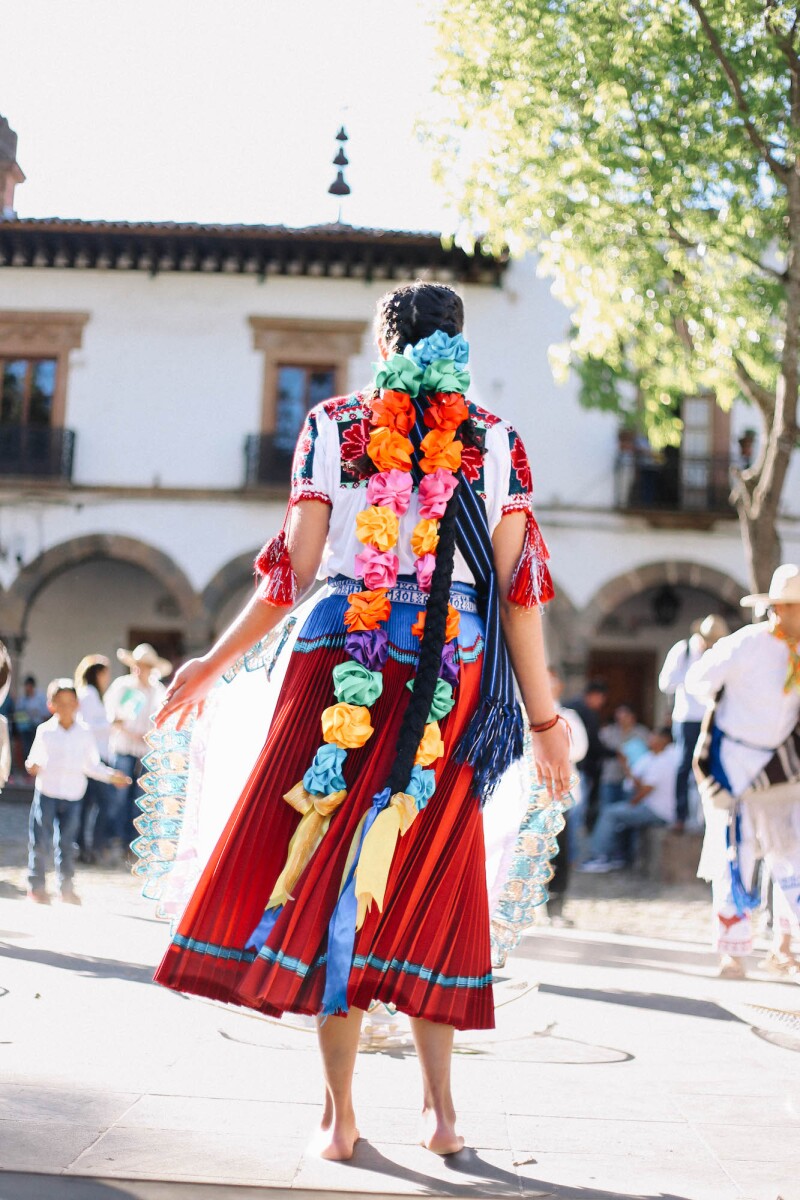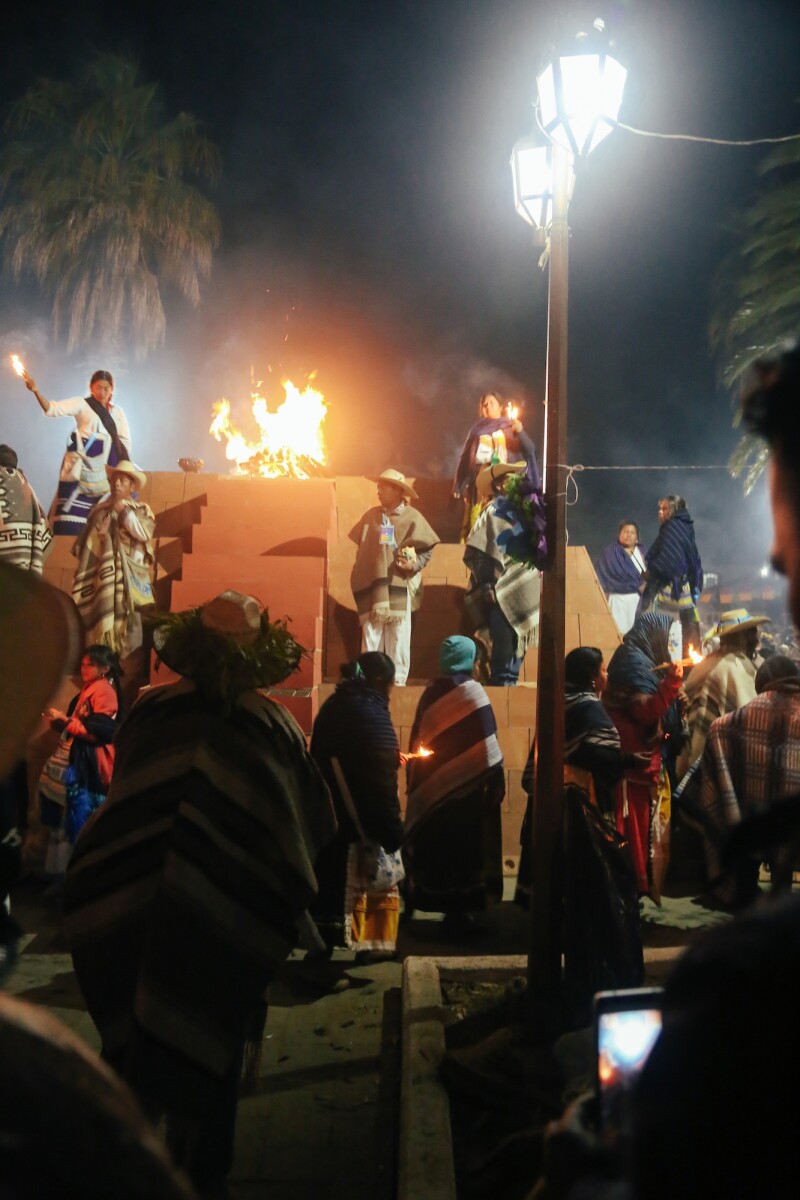Each February, an ancient fire lighting ceremony marks the start of the new year for the indigenous Purépecha communities of Michoacán, Mexico (a northwestern state located south of Guadalajara and west of Mexico City). The sacred ritual occurs on the first two nights of the month when the Orion constellation reaches its highest point in the sky, which the Purépecha calendar identifies as a time to make offerings to Kurhíkuaeri, “the god of the Sun and of fire.”
The “New Fire” ceremony, which dates back to the pre-Hispanic period, was originally performed once every 52 years corresponding to the cycle of the Pleiades star cluster. However, the ritual ceased to take place for hundreds of years after the Spanish conquest of the Aztec empire during the early 16th century. In 1983, the ancient tradition was revived by contemporary Purépecha community members with the intention of recovering their cultural roots and protecting their indigenous identities.
Today, the New Fire ceremony has been slightly repurposed, occurring annually and in a different Michoacán location each year. Purépecha photographer Joanna García Cherán, who has visited Michoacán multiple times in recent years to document the modern occurrence, shares an inside look.

Ritual attendees wear palm leaf coats and large hats as they make their way through a main plaza during the march.
Photo by Joanna García Cherán
“Nearly 500 years passed before my indigenous community, the Purépechas, resurfaced our most sacred fire ritual reconnecting us with the universe: the Kurhíkuaeri K’uínchekua,” Cherán says. Each year, she explains, the ceremony moves to a different town in the northwestern region, which is largely inhabited by her indigenous Purépecha peoples. The new village receives the “old fire” from the community that guarded it during the previous year.

During the new year ceremony, wearing traditional Purépecha attire is considered a sign of respect for tradition. Women wear white blouses with hand-embroidered “huanengo” and braid their hair with ribbons.
Photo by Joanna García Cherán
To bring the fire to its new location, Purépecha communities from all over Michoacán gather in the pueblo that most recently hosted the lighting ceremony, then travel by foot—sometimes on days-long pilgrimages—to deliver the sacred fire to its new site. Along the way, Cherán says, “We travel through forests, lakes, and plains” in the region, continuing: “Elder women known as copaleras lead the way in the march to the next village, burning copal or tree resin to purify the area ahead of the fire. Copaleras go through comprehensive training to be part of the ceremony and make a lifetime commitment to be involved in future planning. They wear flowers in their hair and traditional Purépecha attire as a mark of their title.”

Traditional guarecita dancers tell folk stories and recount the region’s history through choreographed performances in the main plazas of their pueblos.
Photo by Joanna García Cherán
The celebratory event includes folk dancing, processions, live music performances, and other ceremonial rituals as the march makes its way from pueblo to pueblo. Afterward, Cherán explains, “The new fire is nurtured and kept alive for 12 months as an offering to our Sun god, Kurhíkuaeri.” The objective of the New Fire ceremony, she points out, is to maintain the collective cultural memory of the Purépecha people by transmitting knowledge and ancient traditions from one generation to the next.

Cargueros (carriers) and copaleras (aura cleansers) climb the pyramid and light the “new fire” before announcing which village will host the ceremony in the coming year.
Photo by Joanna García Cherán
In 2020, the New Fire ceremony took place in the town of Capácuaro, Michoacán, which received the “old fire” from the Cuanajo pueblo (located about 45 miles away). In 2021, the indigenous ritual is scheduled to take place in Comanja, Michoacán, on the same early February dates.
>> Next: The Thoughtful Traveler’s Guide to Indigenous Tourism











